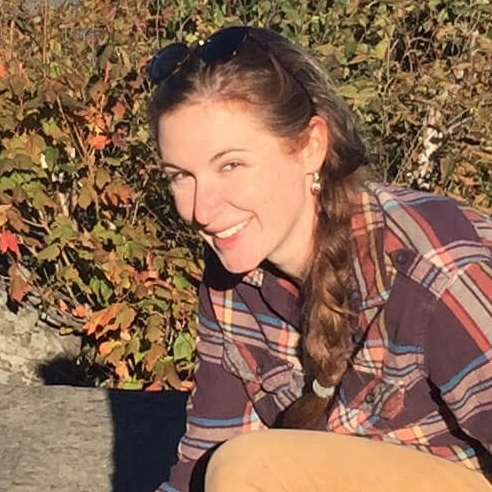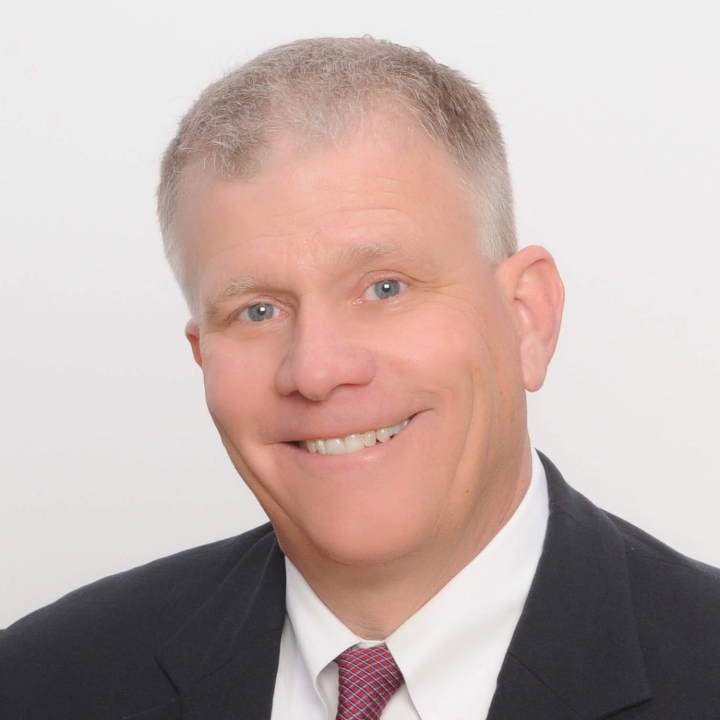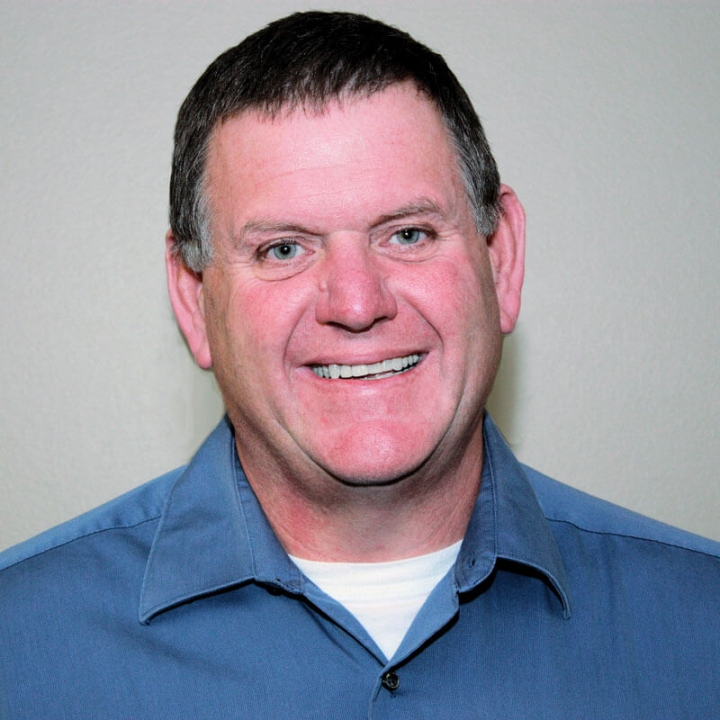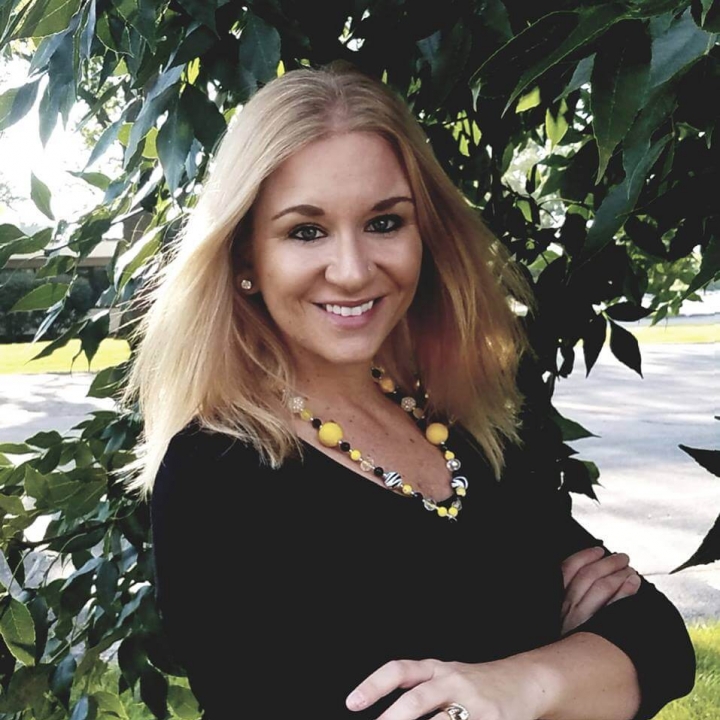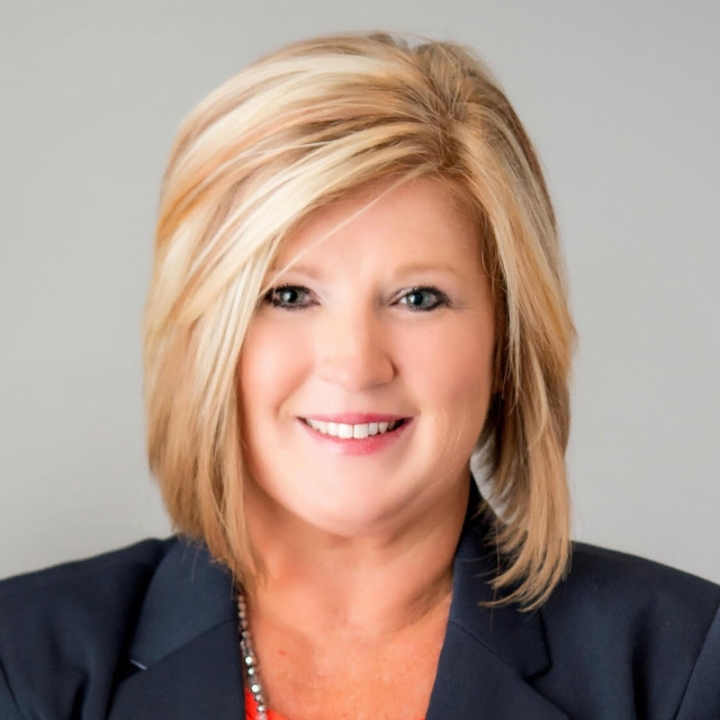Legislative Priorities
Community Access to Naloxone
There’s a fairness issue in Iowa. When someone has a heart attack, Iowa hospitals stabilize them and then put a care team around them to help them get better. Instead of a heart attack, our loved ones overdose. Just like people who have multiple heart attacks, persons experiencing active addiction may overdose several times.
If they survive, it could be that someone administered naloxone to them. Naloxone reverses the effects of having too much opiates in your system just as an epi-pen reverses life threatening allergy attacks. In Iowa, we limit access to this life saving anecdote although it’s much, much easier to use than an epi-pen.
We’re asking the legislature to expand the authority for who and what organizations can distribute naloxone to spread the costs and the opportunity to save lives.
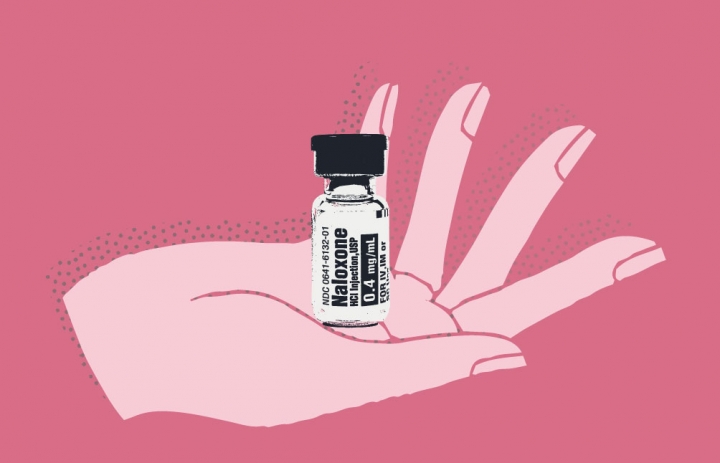
The Story
A few friends are gathered on a Sunday evening hanging out, getting high. It’s football night in America. They gather regularly for this weekly ritual during football season. The evening comes with a familiar set of risks.
In this typical scenario, the biggest risk is the batch of drugs they will use. Whatever their dealer had that day. They don’t know much. What it’s cut with (e.g. baby powder, laxatives, caffeine, etc.), what the potency is, if there’s fentanyl in it, what country it’s from, etc.
The first high out of the bag is like a game of Russian Roulette. How much is too much given the lack of information from the dealer?
Gina’s up first. She takes the baggy into the bathroom with her. She’s gone for a little bit but no one is paying too much attention.
Finally, laughing casually, one friend looks back at the bathroom, “is Gina done, yet?” The door is cracked open and he sees that Gina’s back is against the tub. She’s slumped over. It must be good stuff. Excitedly, he jumps up to get the baggy from her. It’s his turn.
He opens the door and notices instantly that her lips are turning blue. He lifts an eyelid and her pupils are tiny, a telltale sign. Damnit. “Someone get the Narcan!” Another friend, Peter, jumps up to get the kit. No one calls 911 right away. The risk of arrest is too high. (Think calling 911 should be an easier option? Click here.)
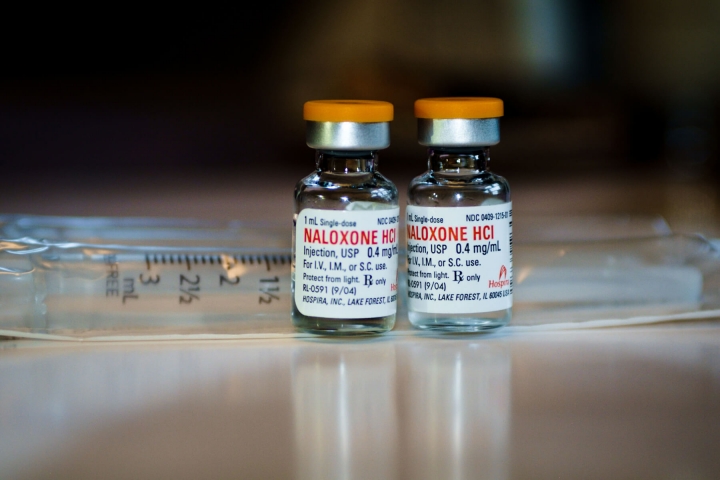
The Narcan kit comes with two doses. Thankfully a couple of the friends are enrolled in a local syringe service program (SSP). Lauren, an employee at the SSP, showed them how to use it when she gave it out. It’s super easy.
Peter administers the first dose. No one speaks but one can guess what they were thinking. “Please let it work. Please let it work.” No. Not, yet. Gina’s still out. The drugs must be really strong. “Let’s try the other dose,” says Peter. Gina’s breathing is so slow. She’s starting to feel cold to the touch. Her throat lets out a few gurgling rasps. Her brain isn’t getting enough oxygen. That’s not good.
Someone starts rescue breaths. Lauren said to do that, too. Peter gives her the second dose. Gina opens her eyes and gasps. She’s wide awake, she looks around at her friends. “What happened?” They all sigh with relief. She made it.
Narcan saved her life. The people who witnessed her overdose – her friends – saved her life. People who use drugs (PWUD) are the people best positioned to save the life in this common scenario because they are with the person who may experience the overdose. Effects of the overdose are instant and if not treated immediately, they are long-lasting, if not permanent. The most permanent consequence is death.
The Current Narrative
What thoughts crossed your mind as you read that story? Were you concerned? Did you wonder if Gina would make it? Were you relieved that her friends had a Narcan kit?
Were you glad she woke up?
OR
Did you wonder if it was pointless to revive her? She’s not going to stop using drugs. It’s only a matter of time until she overdoses again. She’s a lost cause.
Maybe your thoughts went back and forth a little. At IHRC, we’re not here to judge you. We understand. We’ve been conditioned to feel disgust or to cast blame for a scene like this. That’s how the narrative has read for some time and certainly, in many respects, the situation is not ideal.
Gina gambled with her life and could have died. She lived though and this is positive. However, she may not be ready to receive help and may continue to use heroin. For some overdose victims, the relief of survival is enough to compel them to ask for help and seek treatment. For others, dozens of factors may not make treatment that easy to add to their life right now.
Gina may or may not keep using drugs after her experience. When it comes to saving her life, though, does it matter? If she continues to use drugs, she may overdose again. How many chances should Gina be allowed to survive? How many tries does a heart attack victim get? How many should a diabetic receive after failing to maintain their health? A smoker? We wouldn’t restrict access to medicine for these conditions. How many chances would you want your loved one to have at living?
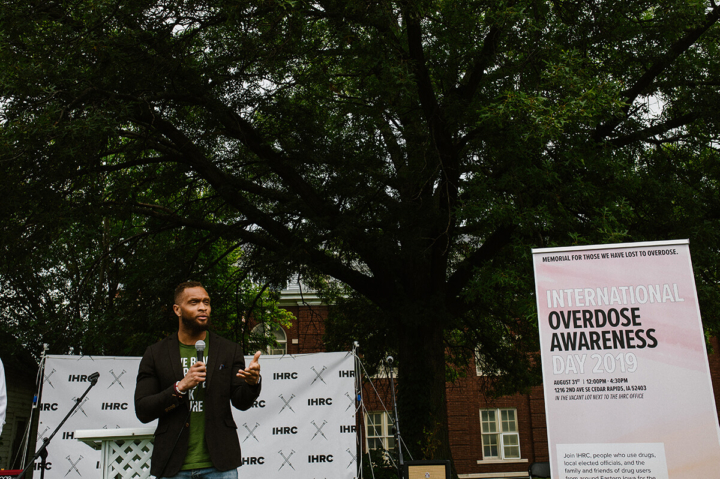
Instead of a having a heart attack, some of our loved ones overdose. Just like people who have multiple heart attacks, persons experiencing active opioid addiction may overdose several times. If they survive, it could be that someone administered naloxone to them. Naloxone reverses the effects of having life threatening amounts of opioids in your system, just as an epi-pen reverses life threatening allergy attacks. Naloxone, also known by its brand name, “Narcan,” is an opioid antagonist and many medical providers refer to it as a “magic bullet.” That’s because there are few things in medicine that will effectively bring someone back from the dead.
So, at what point is it ok to stop seeing someone as a human being and to stop believing that their life is worth saving? At IHRC, we don’t want to give up on our loved ones. We will continue to have hope for their health. We will work to empower their own beliefs that their lives are worth improving, too. Changing Iowa laws to show them that their fellow citizens want to see them live will go a long way. Let’s get on the same page to offer hope and compassion over judgement and stigma.
IHRC doesn’t promote any religion or creed over others but we like the spirit of the following quote from Pope Francis:
“I have a dogmatic certainty: God is in every person’s life. God is in everyone’s life. Even if the life of a person has been a disaster, even if it is destroyed by vices, drugs or anything else – God is in this person’s life. You can – you must – try to seek God in every human life.”
Iowa laws limit access to naloxone the lifesaving antidote that saved Gina in our story. It’s much easier and safer to use compared to an epi-pen, aspirin, or an AED. There are many risks involved with these common lifesaving tools, but naloxone has few to zero side effects. It cannot harm someone who is not experiencing an overdose, it has no abuse potential, does not damage internal organs, and has no effect on a person except for to reverse an overdose.
When someone has a heart attack, Iowans who are bystanders can and do help. AEDs and aspirin are simple ways to administer health care until medical professionals arrive. Iowans who are not medical professionals can and will help someone who is in distress. Iowans are beyond nice, they are compassionate and good. That’s especially true for PWUD, who are the best positioned to be equipped with this life saving anecdote. They have proven over and over that they are willing to help if given Narcan kits, and community-based organizations are perfectly suited for supplying this compassionate demand. Let’s get on the same page in Iowa and allow for greater community access to this life saving medicine.
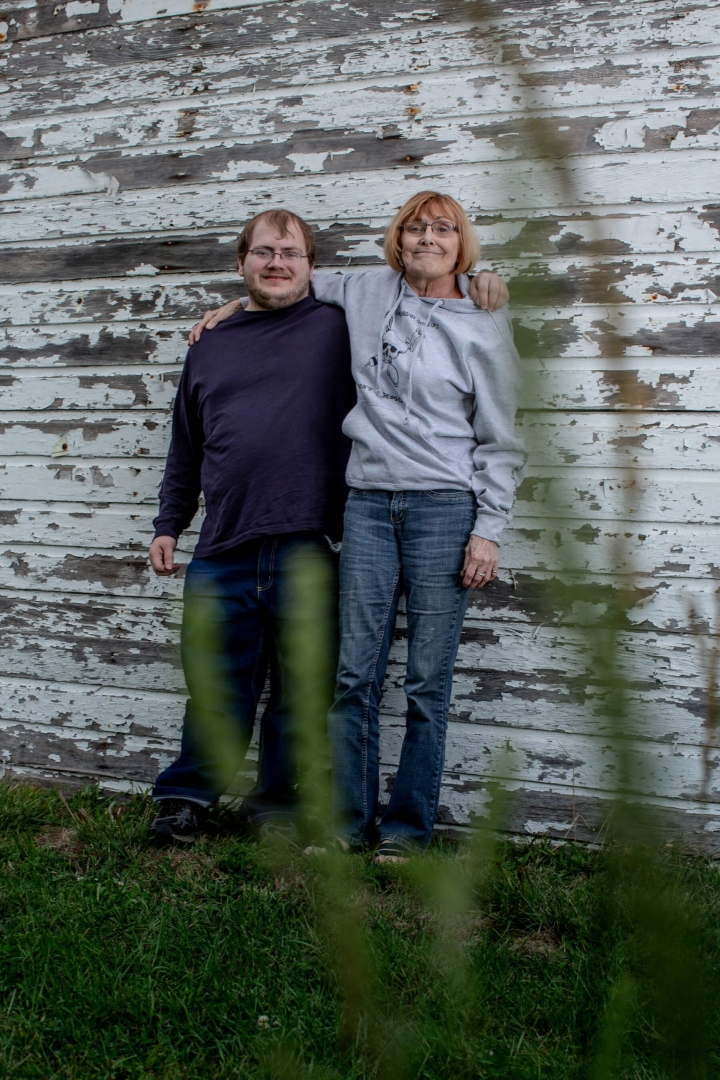
Current Law
Right now in Iowa, pharmacists can dispense naloxone (Narcan) to any individual without a prescription under the current statewide medical standing order. This was a great first step as Iowans worked to understand how opioids are affecting our state.
We know this law isn’t working as well as it could. In the four years since they legally could, Iowa pharmacies have dispensed very little naloxone. To understand why, the Iowa Department of Public Health partnered with IHRC and Quad Cities Harm Reduction to conduct a Health Survey for PWUD. PWUD are the bystanders who are most likely to be with another person who is overdosing. They have the best chance of saving a life if naloxone is given to them, so it’s important to hear what they have to say.
What’s a standing order?
In medical terms, a standing order is a prewritten medication order written by a licensed physician that provides specific instructions for the pharmacist. There are many uses for standing orders. In Iowa, the State Medical Director at the Iowa Department of Public Health has the authority to write a standing order for all of the pharmacies in the state to follow when they dispense naloxone.
In many other states, individual physicians are authorized by state law to create their own standing order prescriptions for naloxone dispensing. This means that doctors who are not affiliated with the state health department may issue standing orders. In these states, physicians may establish standing order prescriptions that allow other organizations or entities – pharmacies, community-based organizations, public agencies, etc – to dispense naloxone under the physician’s prescribing authority.
Nearly half of the participants in the focus groups said that they have used naloxone in the past three months. In other words, they were a witness to an overdose and took action to save that person’s life.
Participants indicated that they get naloxone from friends and family, from other persons who use drugs with whom they use, and most often, from harm reduction outreach programs. They are not going to doctors or pharmacies to get their naloxone/Narcan kits. This is supported by the very low number of pharmacy distribution to laypersons within Iowa. 2
The primary reason Iowans who use drugs aren’t seeing their health care professionals? Fear of stigma.
The study revealed that Iowans who use drugs and who are at high risk for overdose (or have a high chance of observing an overdose and need to administer Narcan), do not seek out interactions with medical providers, including physicians, nurses, and pharmacists. They avoid traditional health care systems.
Study participants were asked if they had avoided getting health care in the past twelve months. Well over half indicated that while they had experienced a medical concern and felt that they needed to seek care, they had NOT gone to see a health care provider. We might expect a usual set of barriers to health care access to come into play here (e.g. a lack of transportation, lack of health insurance, lack of money). Surprisingly none of these were the primary or most common barriers for this group. Instead, it’s the fear of being judged for their drug use (by health care providers) and a mistrust of doctors.
Here was some of their feedback:
Tell us about a time you thought you should go see a health care provider for a medical issue, but you DID NOT go. Why didn’t you go?
“The hospital is like cops. They’re going to call your PO, put it in your medical chart, and then you’re gonna go to jail or prison. They say that there’s a privacy of information and they say there’s HIPPAA, but there isn’t. People look in your records and your PO or the cops are going to find out. The privacy of your information should apply to all government employees and all hospital employees and only available to the doctor you see.”
“I was told it’s not worth treating me because I wasn’t gonna live anyway.”
“Didn’t want a physician to find out about an abscess because then they’d know about drug use and would get labeled a drug user.”
“I’ve never had anybody come to me and tell me I could trust them.”
“It’s hard to get into mental health treatment and receive your medications if they know about your drug use.”
Changing the Narrative
The Centers for Disease Control (CDC) recommends expansion of standing orders for naloxone distribution to include community-based organizations (think churches, recovery community centers, syringe service programs, and nonprofits like the Iowa Harm Reduction Coalition). These are the safe spaces that someone with substance use disorder will go for compassion, care, and assistance. These employees and volunteers are effective at changing behavior by building reciprocal relationships built on a foundation of trust that is cultivated in a safe place.
It’s also this understanding that leads to them to go outside the organzation’s doors and meet people where they are. Sometimes that’s in a home, in an alley, or in a homeless camp.
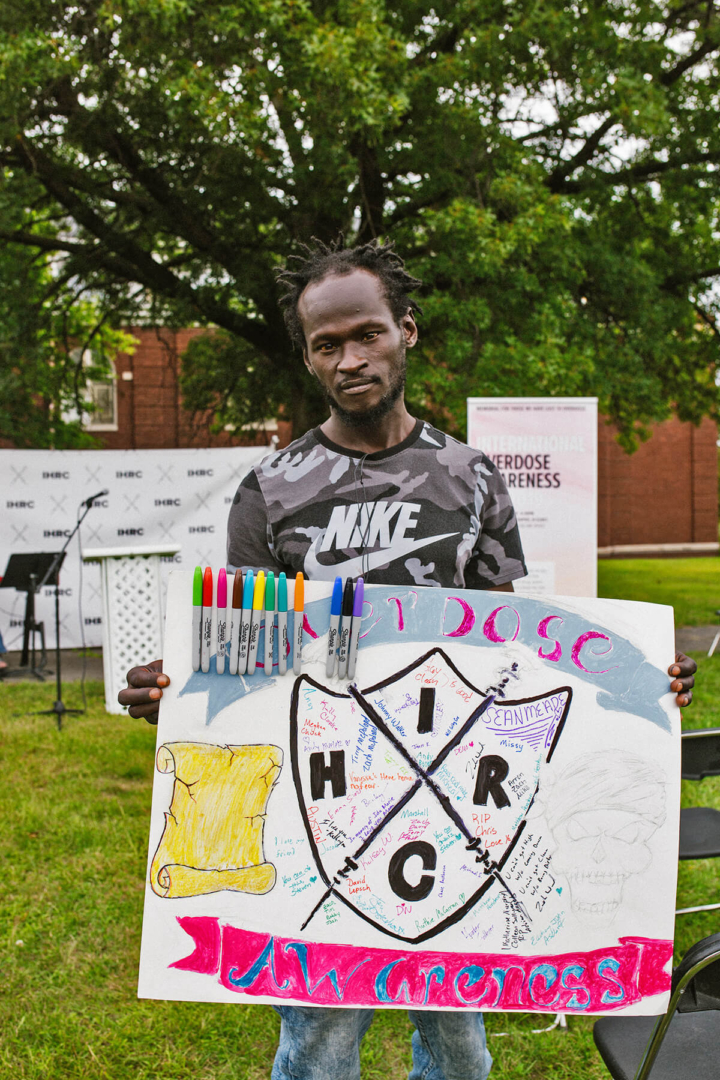
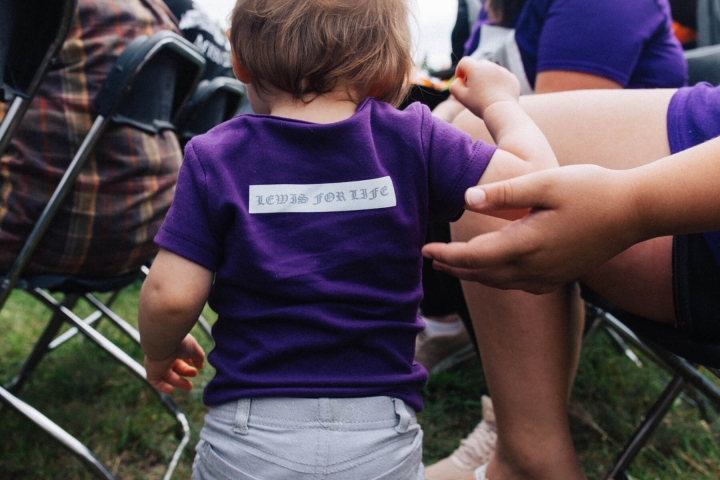
“Meeting people where they are” can literally mean reaching out to people where they physically are. To get naloxone into the hands of those who can best use it, we need broader legalized access for its distribution via community organizations such as harm reduction outreach programs, that are part of the same community of those at risk of overdose. Diversifying access for who can dispense naloxone kits – to good samaritans as well as persons who use drugs – eases the concentration of costs on the healthcare system and first responder agencies. Naloxone is easy to use and people will administer it if they have it.
At what point is it ok to stop seeing someone as a human being and to stop believing that their life is worth saving? At the IHRC, it’s an easy answer. Never. Narcan saves lives and each time, each one is worth saving.
Citations
1. Pope Francis (2014). “My Door Is Always Open: A Conversation on Faith, Hope and the Church in a Time of Change”, p.99, A&C Black
2. Caldwell, Joe. (2019). Iowa Health Survey: Survey and Focus Group Findings. [PowerPoint Slides]


